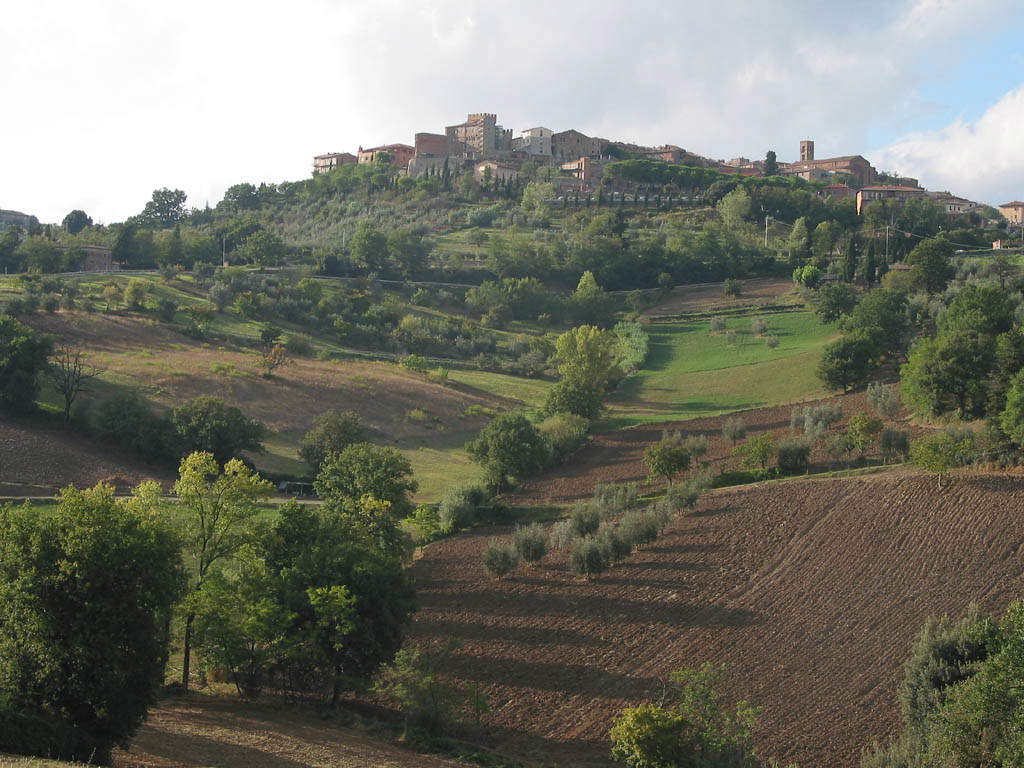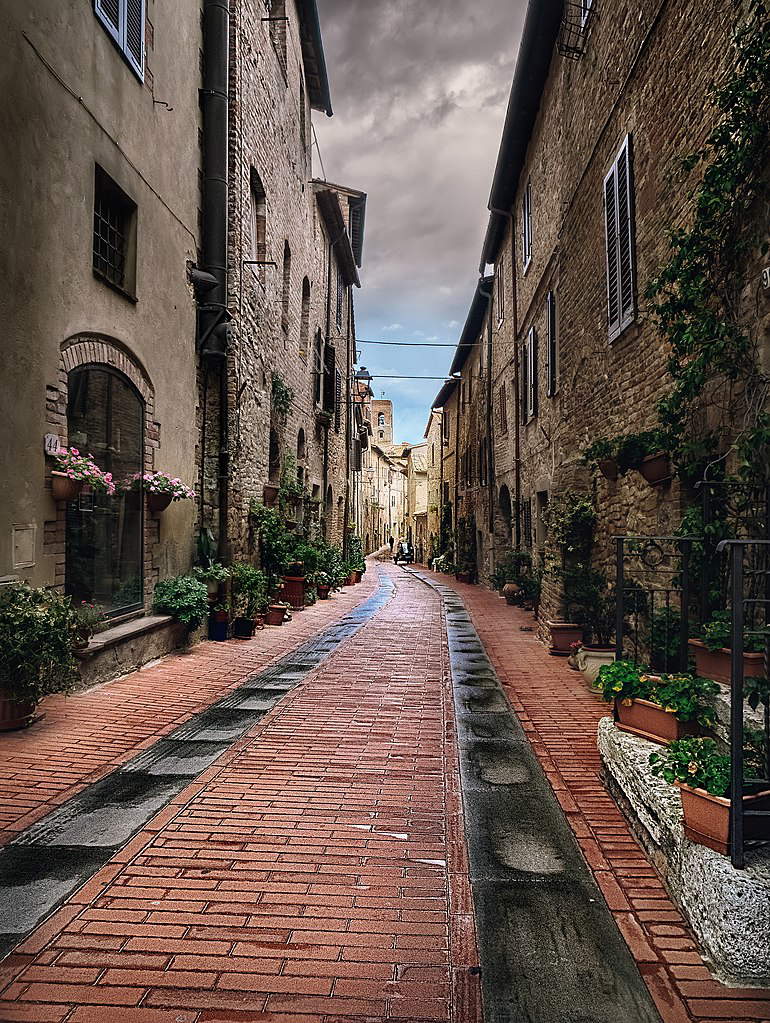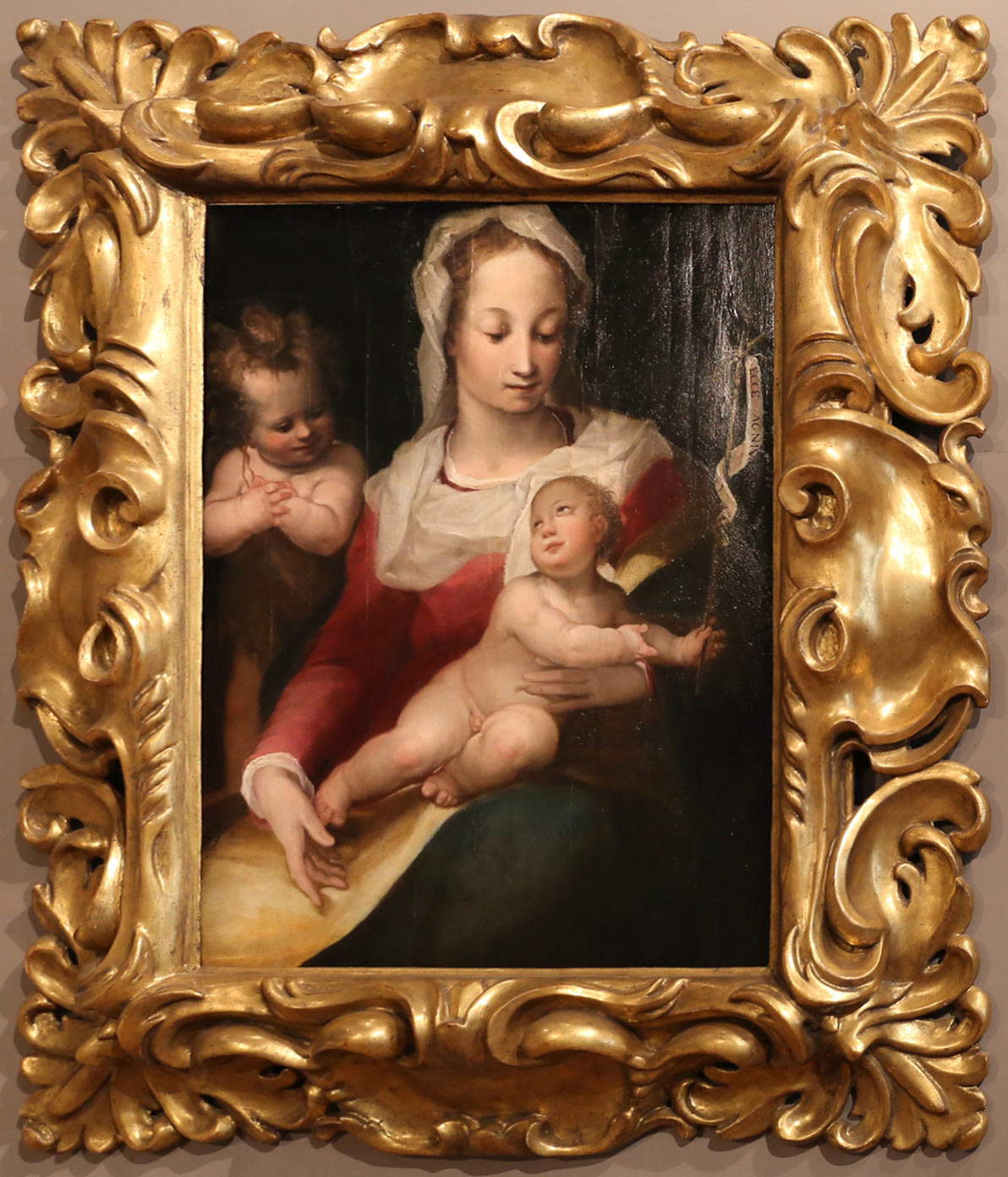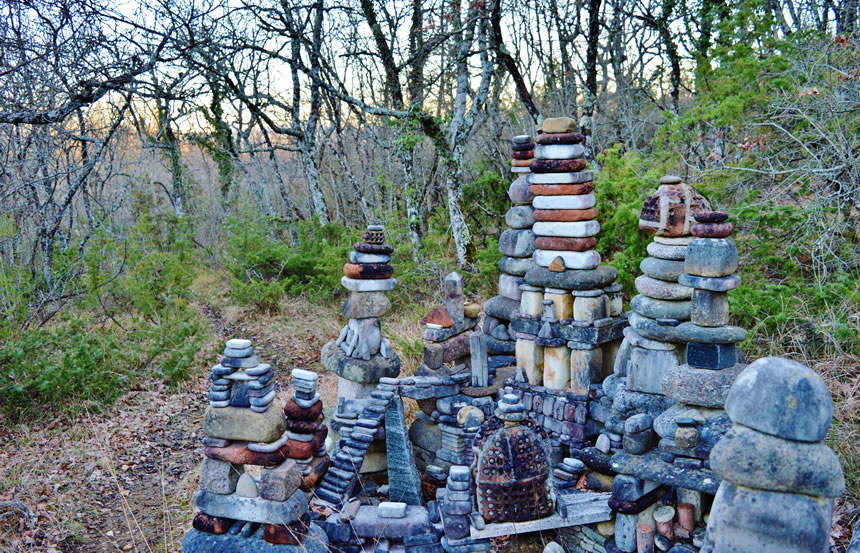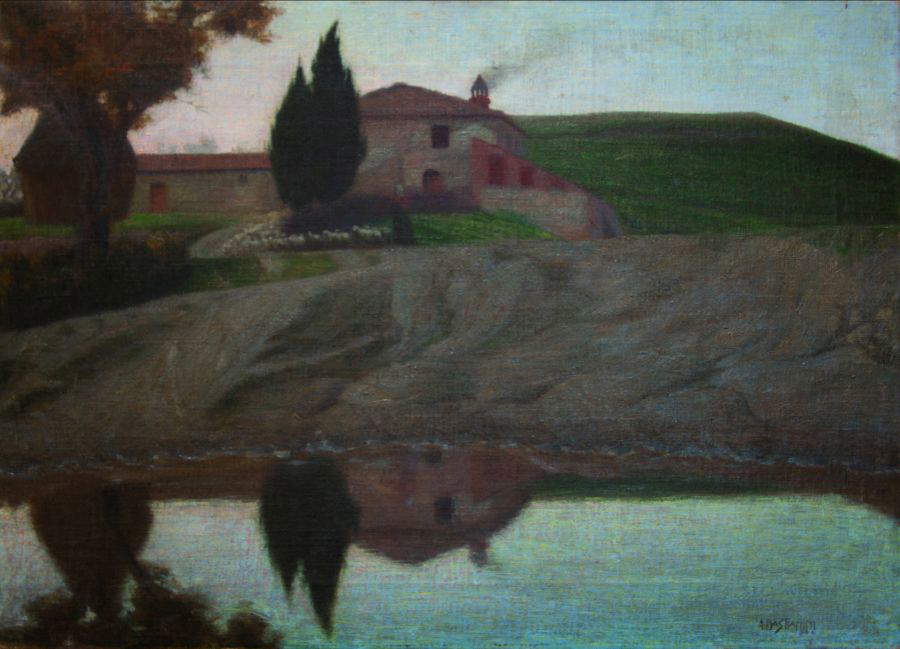by Redazione , published on 22/10/2020
Categories: Travel
/ Disclaimer
The journey through the villages of Tuscany continues with Casole d'Elsa, a place where art and nature have been inextricably linked for centuries.
A cluster of stone and brick houses clinging to the ridge of a hill in the Sienese Montagnola, amid dense woods of holm oaks, looking on one side at the forest of Berignone and further away at Volterra, on another side still at the Valdelsa and, toward the south, at the Maremma that begins not far away: this is how the profile of Casole d’Elsa appears to those who head for the village. Perched on a hill, this hamlet, the last outpost of Valdelsa on the road leading to Pomarance and the Val di Cecina, was in ancient times an Etruscan settlement, but it came into being, as we know it today, in the 11th century, when it was one of the most important castles of the bishops of Volterra, and was long disputed because of its strategic and border position: in the end, to prevail, after the battle of Montaperti, were the Sienese, to whom Casole d’Elsa joined its fortunes until the fall of the Republic of Siena and the annexation of its entire territory to the Grand Duchy of Tuscany.
The ancient part is surrounded by a circle of walls: the “via del Rivellino” leading to the village indicates that there was a fortification in these parts, of which only a few remains today. What remains are the two 15th-century towers that guard this characteristically egg-shaped hamlet, almost all of which is gathered around the axis of Via Aringhieri and Via Casolani. The latter pays homage to one of the borough’s most illustrious sons, one of the great masters of the early 17th-century Sienese school, Alessandro Casolani, who was born in 1552 in the hamlet of Mensano and whose surname even bore his origins: a pupil of Ventura Salimbeni, close to the painting of Federico Barocci, he was the author of important works that adorned the churches and palaces of the Sienese. His paintings are preserved in the area’s houses of worship, as well as in the town’s only museum, the Museo della Collegiata, which doubles as a civic museum and archaeological museum.
 |
| Road in Casole d’Elsa. Ph. Credit Simon Matzinger |
 |
| Alessandro Casolani, Madonna and Child with Saint John (c. 1580-1585; oil on canvas; Casole d’Elsa, Museo Civico e Archeologico della Collegiata). Ph. Credit Francesco Bini |
 |
| Alessandro Casolani, Madonna and Child with Saint John and Two Devotees (c. 1575-1589; oil on canvas; Casole d’Elsa, Museo Civico e Archeologico della Collegiata). Ph. Credit Francesco Bini |
It can be found in the main square of the village, where the Collegiate Church of Santa Maria Assunta also stands: opened in 1996 in the spaces of the rectory, it enjoys the distinction of being the first of the sacred art museums in the Sienese territory to welcome the public. The conspicuous presence of Etruscan grave goods shows how important this area was to the ancient population that inhabited Tuscany, while the flowering of the seventeenth-century Sienese school is represented by the important nucleus of paintings by Alessandro Casolani. But there are also medieval and Renaissance works from the collegiate church: of great interest is a fresco by Giacomo Pacchiarotti that shows how the lesson of Pinturicchio, present in Siena in the early sixteenth century, had spread to the countryside as well. And then, works by Domenico di Michelino, Neri di Bicci, Andrea di Niccolò and other artists that show how the entire Sienese territory, in its entirety, enjoyed a very high artistic vitality in the fourteenth and fifteenth centuries. And the Romanesque Collegiate Church of Santa Maria also holds relevant works. It was consecrated in 1161, but its severe façade is later, with elements that refer to the building phases of the thirteenth and fourteenth centuries: its composite appearance therefore stands out, in stone in the lower part and in brick in the upper part, cut in two laterally by the mass of the bell tower that takes up almost the entire left half of the façade, giving the church a quite unusual appearance. Inside, frescoes of the 14th-century Sienese school, a Della Robbia terracotta, 15th- and 17th-century paintings such as Alessandro Casolani’s Pietà dated 1586, 19th-century canvases by Amos Cassioli, another important genius loci of the area, and two of the most significant 14th-century funerary monuments in all of Tuscany, namely the marble cenotaph ofBeltramoAringhieri and the monument of Bishop Tommaso Andrei.
Nearby, medieval parish churches dot the hills, but there are more than just the ancient works: in a six-hectare forest just outside the village, a German sculptor, Deva Manfredo, has been shaping his dream in stone for the past 30 years, a Land Art project called, precisely, "Selva di Sogno - Dreamwoods." An enchanted forest that has a precise peculiarity, namely, all the works that compose it are made of stone. Women and men, animals, fairy-tale castles, buildings, temples, carpets meet as they penetrate into the trees of the forest. “Stones,” says the artist, “are solid, silent, very old, patient, passive and defenseless. Nature possesses an incredible multitude and individuality in its creative expressions.” And perhaps it is also nature that has inspired the many artists who have worked in these parts: the same nature that, in idyllic rural landscapes, has been repeatedly depicted by another Casolano painter, Augusto Bastianini, whose works are also in the local museum. In few other places is the link between art and nature as powerful as in these parts.
 |
| The Collegiate Church of Casole d’Elsa. Ph. Credit |
 |
| Gano di Fazio, Monument to Bishop Tommaso Andrei (c. 1303-1315; marble; Casole d’Elsa, Collegiate Church). Ph. Credit Francesco Bini |
 |
| Selva di Sogno - Dreamwoods |
 |
| One of Augusto Bastianini’s works at the museum |
Article written by the editorial staff of Finestre sull’Arte for UnicoopFirenze’s “Toscana da scoprire” campaign
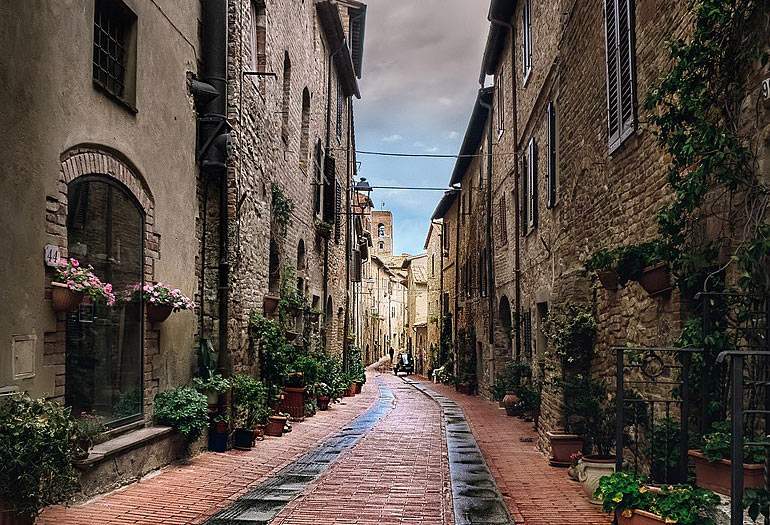 |
| Casole d'Elsa, ten centuries of art in the hills of Siena |
Warning: the translation into English of the original Italian article was created using automatic tools.
We undertake to review all articles, but we do not guarantee the total absence of inaccuracies in the translation due to the program. You can
find the original by clicking on the ITA button. If you find any mistake,please contact us.
